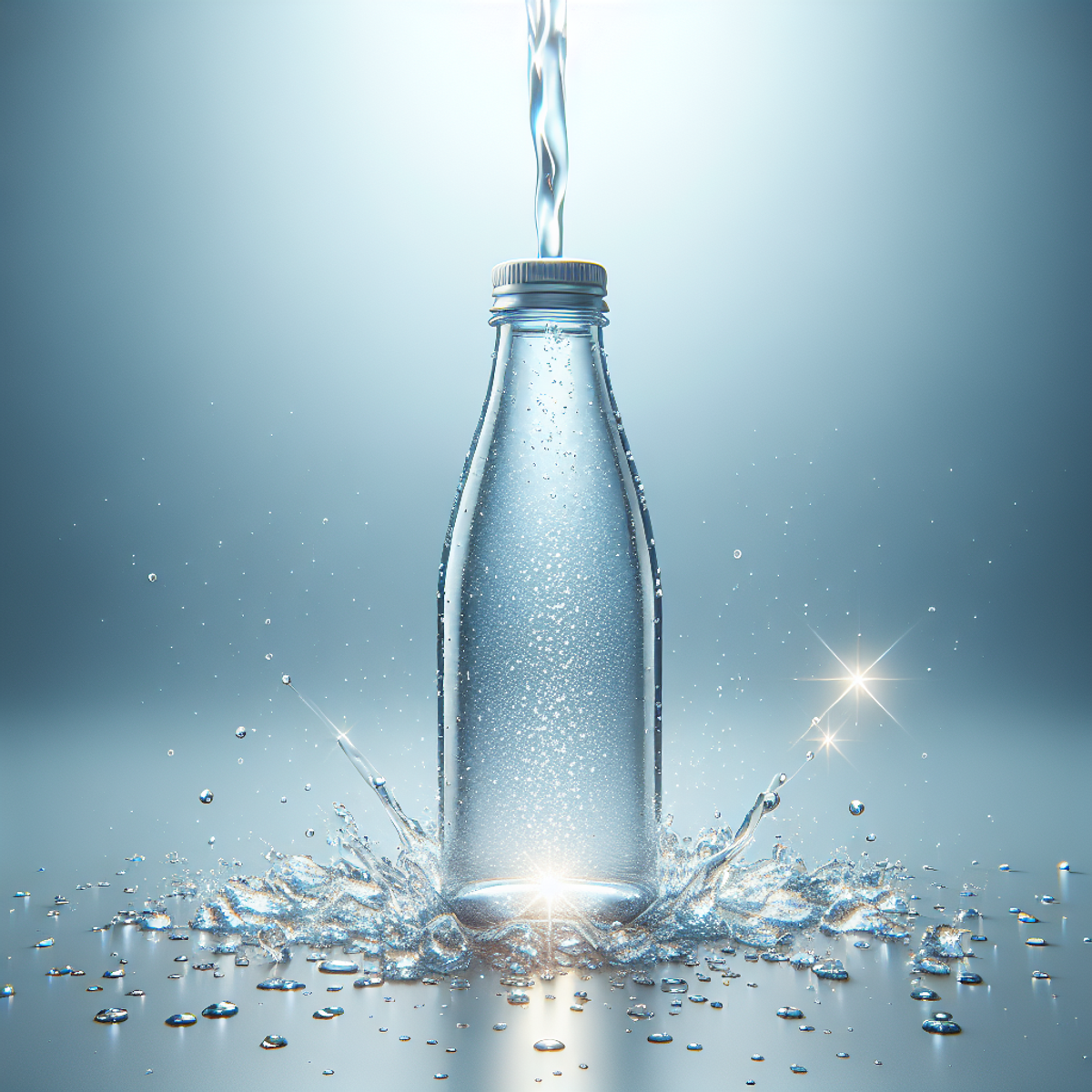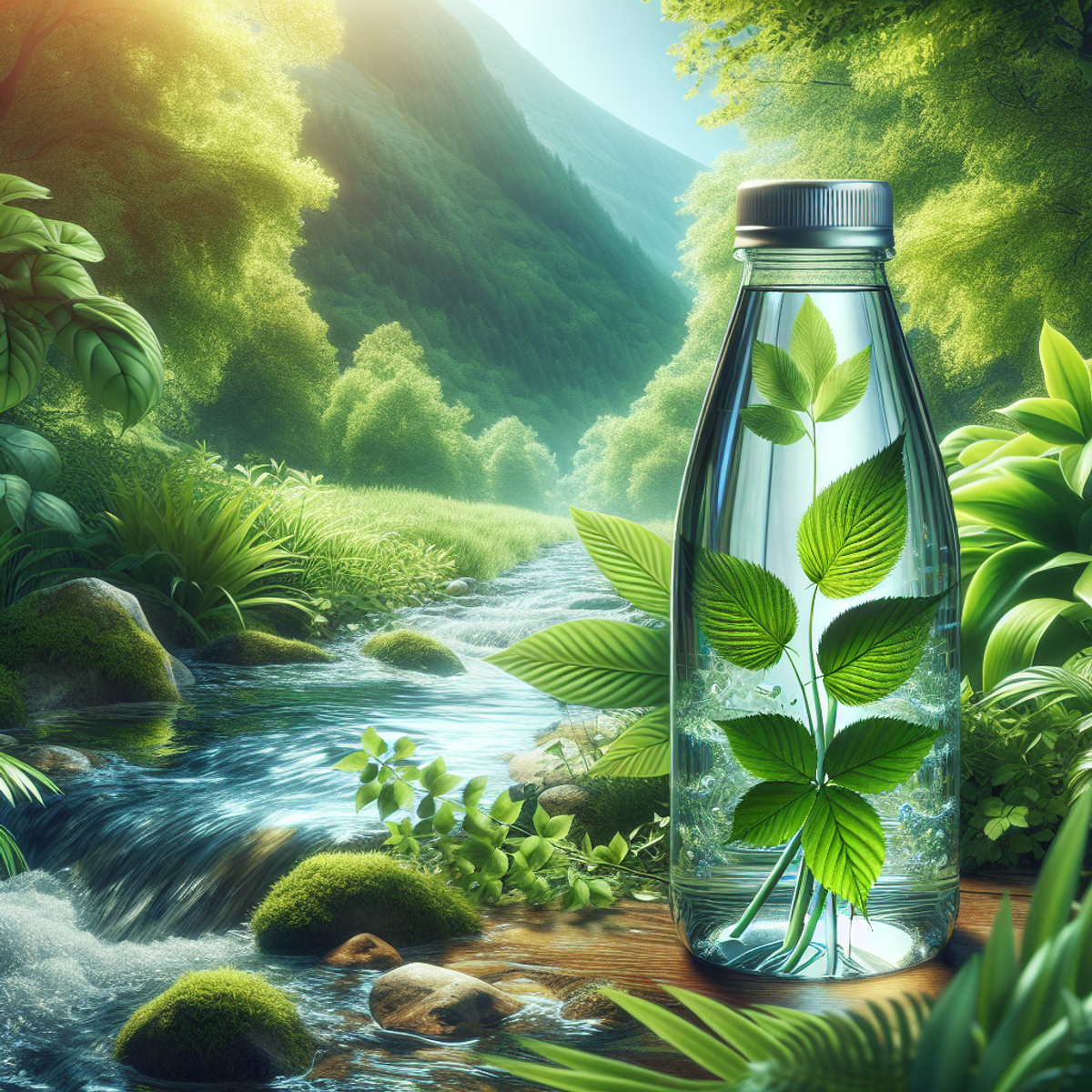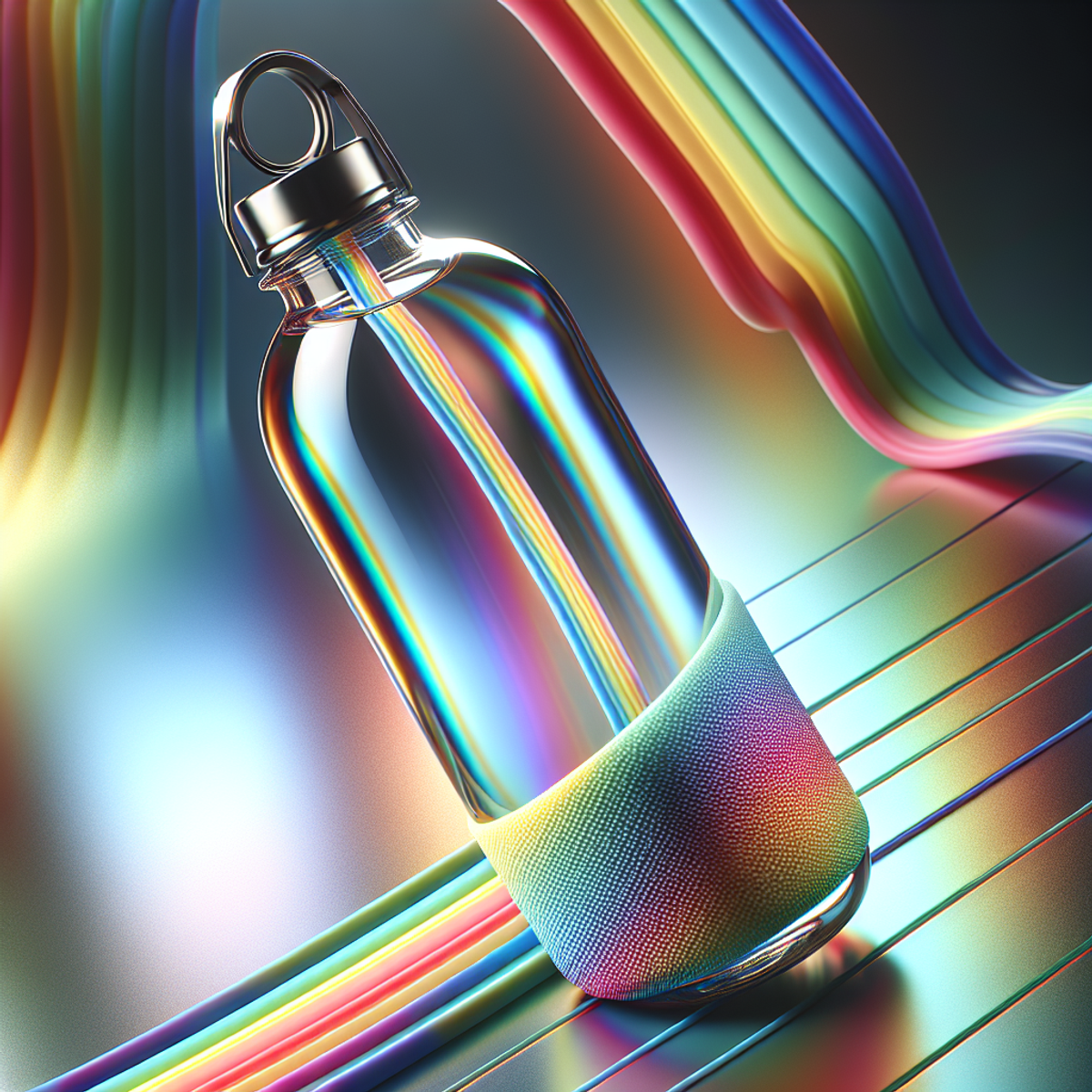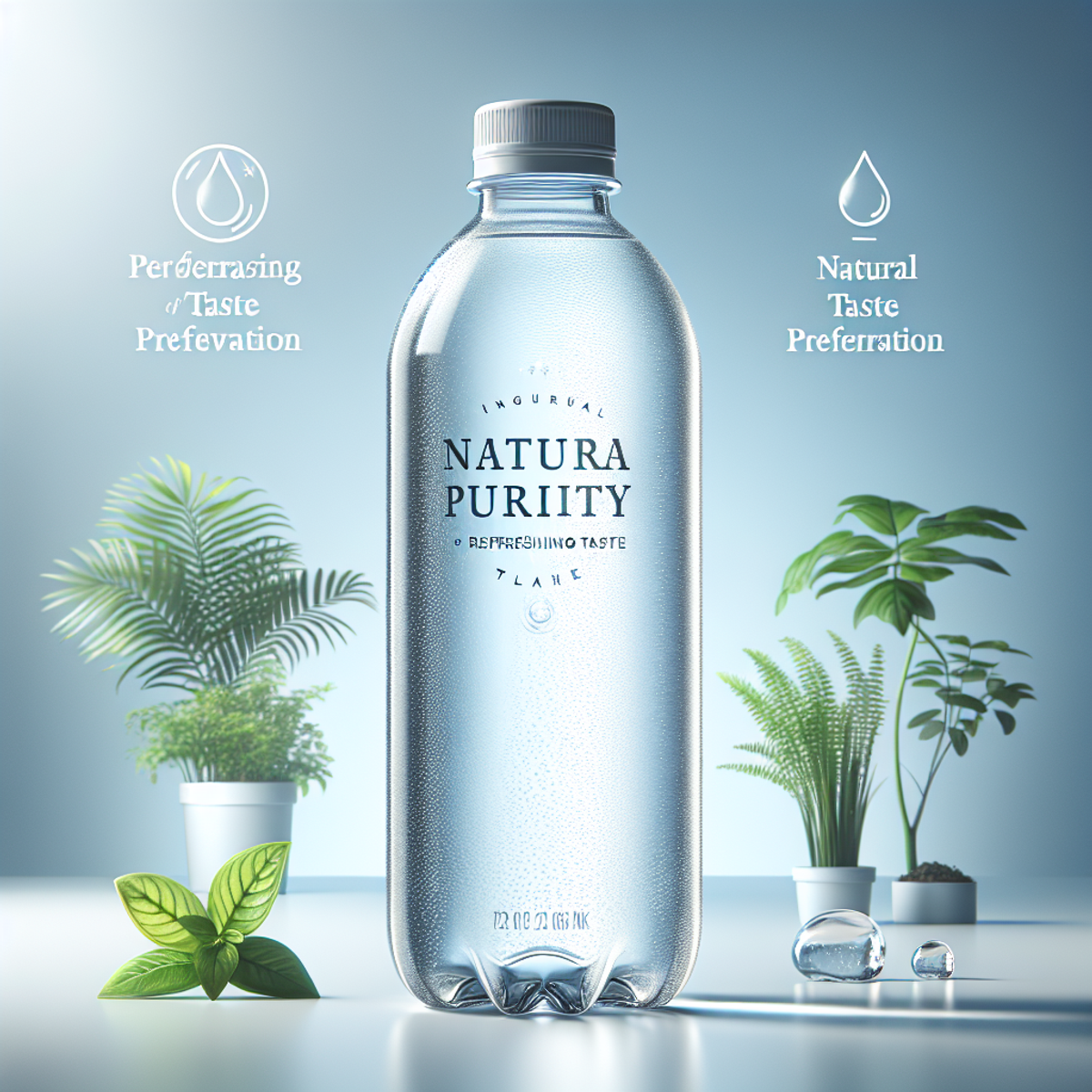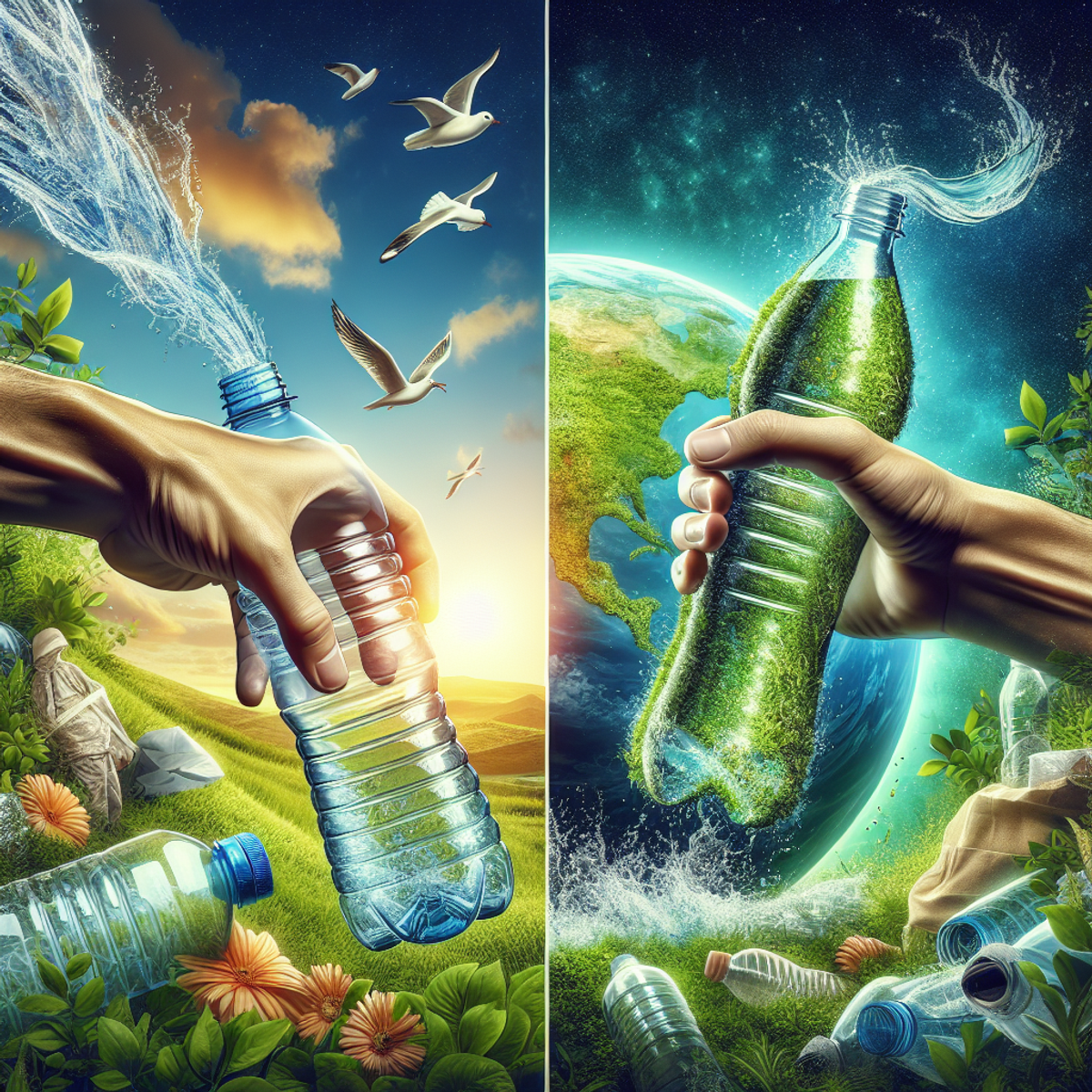If you are a health conscious person who also cares about the environment, you can make a difference by choosing a non toxic glass water bottle. To help you make an informed decision, we have compared the most common materials used for manufacturing water bottles. These include plastic and Non-toxic glass.
Here, we will discuss various aspects, from environmental impact to health considerations. So, without any further ado, Let’s jump right into the content.
Overall Safety and Health
Glass
Hygienic: Although glass is a fragile material, high-quality glass bottles are considerably durable and safe to use. Since glass bottles are resistant to scratches, this prevents harboring harmful bacteria. Features like this make these bottles more hygienic and safe.
Non-Reactive: Glass is a chemically inert material and it doesn’t react with beverages and foods. This means your food or beverages will stay pure and safe to consume. There is no risk of chemicals leaching into your drinks. Besides, glass is free from harmful chemicals like BPA or lead, making glass bottles a safe and healthy choice.
Plastic
Chemical Leaching: Usually plastic is known for leaching toxic chemicals. There are certain chemicals like BPA, which can easily leach into the food or drinks contained in a plastic container. The chemical infusion speeds up if the plastic bottle is exposed to heat. So, consuming food out of a plastic container poses serious health risks.
Promotes Bacterial Growth: Plastic bottles aren’t easy to clean, which promotes bacterial growth. The overall appearance and quality of a plastic container degrades after repeated use with microwaves or dishwashers. This increases the risk of bacterial buildup and compromises the safety of contained food or beverages.
Environmental Impact
Glass
Recyclability: Even after being recycled multiple times, glass retains its purity and quality. This suggests that a glass water bottle can be used for years without compromising its appearance and quality. This minimized the need to recycle a glass bottle, which reduces the environmental footprint.
Non-Toxic: Glass water bottles are non-toxic, making them less hazardous to our environment. Glass is especially known for its minimum to no impact on marine ecosystems.
Plastic
Pollution: Plastic is one of the biggest culprits behind land, air, and aquatic pollution. A large portion of plastic bottles ends up either in landfills or oceans. On the other hand, plastic takes decades to decompose, which aggravates the issue. This scenario poses a significant threat to our ecosystems.
Less Efficient Recycling Process: Plastic is a recyclable material, and a considerable chunk of used plastic bottles are recycled. However, the recycling process itself isn’t that efficient compared to glass. The quality of plastic degrades when recycled a couple of times.
Usability and Convenience
Glass
Taste Preservation: Glass is a non-porous material and does not absorb flavors or smells. This preserves the taste and flavor of your drinks or food. So, when using a non-toxic glass water bottle, you won’t have to worry about contamination or unwanted odors.
Versatility: Glass containers are versatile and can be used for storing various types of food or beverages. For instance, glass bottles can sustain high-temperature differences.
Plastic
Retains Flavors: Plastic bottles retain the flavors and could ruin the taste or flavor of your beverage. Besides, plastic has its own odor, which affects the overall flavor of a drink.
A Lightweight Option: Plastic bottles are usually lighter than their glass counterparts. This makes them a convenient option while traveling.
Appearance and Aesthetic Value
Glass
Appearance: Glass bottles have a clean and sleek appearance. You can easily identify the contents of a glass bottle by merely looking at it. Also, glass retains its looks and appearance for the years to come.
Plastic
Variety: Plastic bottles are available in a variety of colors and designs. This is something that you can’t expect from a glass water bottle. This means you experiment with different design options to meet your style preferences. However, plastic bottles can’t retain their appearance for longer periods. Usually, the color fades and scratches appear within a couple of months.
Non-Toxic Glass vs. Plastic: Which One is a More Sustainable Choice
Glass
Glass stands out due to its higher sustainability ratings. It is highly recyclable, which means you need less raw material while recycling it. Therefore, you see fewer landfills containing massive amounts of glass bottles or containers.
Plastic
Plastic is obtained from fossil fuels, and its production results in heavy carbon emissions. In addition, the disposal of plastic is another challenge. We are consuming microplastics without even noticing. This could lead to serious health risks.
Making Informed Choices for a Sustainable Future
Now that you know that glass is a more sustainable and environmentally friendly material, it would be easy to make an informed decision. Glass is well-received for its non-toxic attributes, allowing us to strive for a better world.
Relying on Glass as the Preferred Choice
Investing in a high-quality and non-toxic glass water bottle not only reduces the carbon footprint but also safeguards our health. By consuming beverages out of glass bottles, we limit our exposure to toxic chemicals.
Minimizing Plastic Dependency
Switching to a glass bottle helps us minimize our dependence on disposable containers. This contributes to reducing and managing plastic pollution.
Eliminating plastic from our daily lives might initially seem challenging. However, using glass water bottles can be a small step towards making our planet plastic-free.
Final Thoughts
When it comes to safety, health, and minimum environmental impact, glass takes the lead over plastic. Plastic is a toxic material, which is a less sustainable option. Besides, there are some other aspects that raise health and environmental concerns.
A non toxic glass water bottle might be less convenient than plastic but there is a huge price that we pay in terms of environmental pollution. So, make sure to opt for more sustainable alternatives and pave the way towards a greener and safer future for the next generations.


